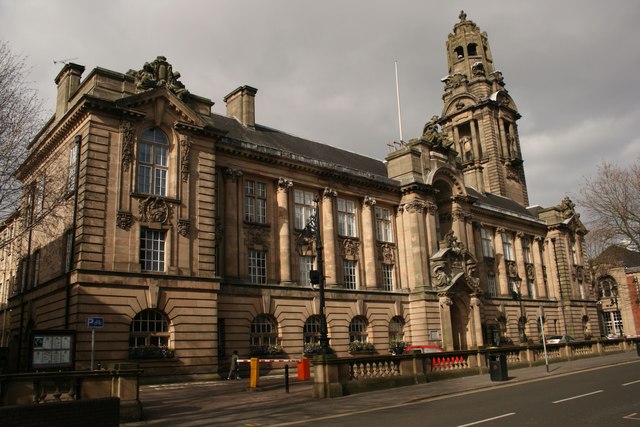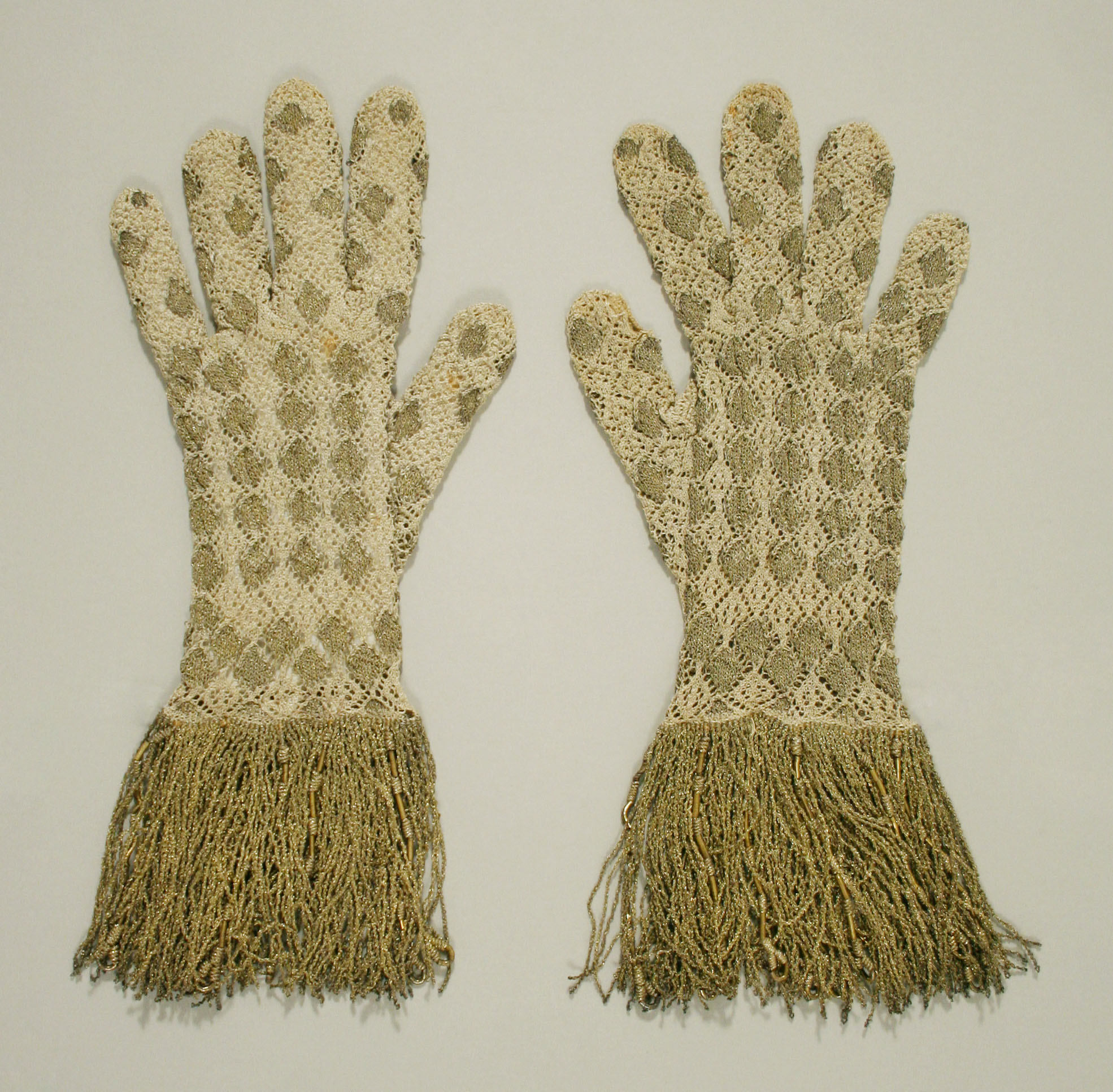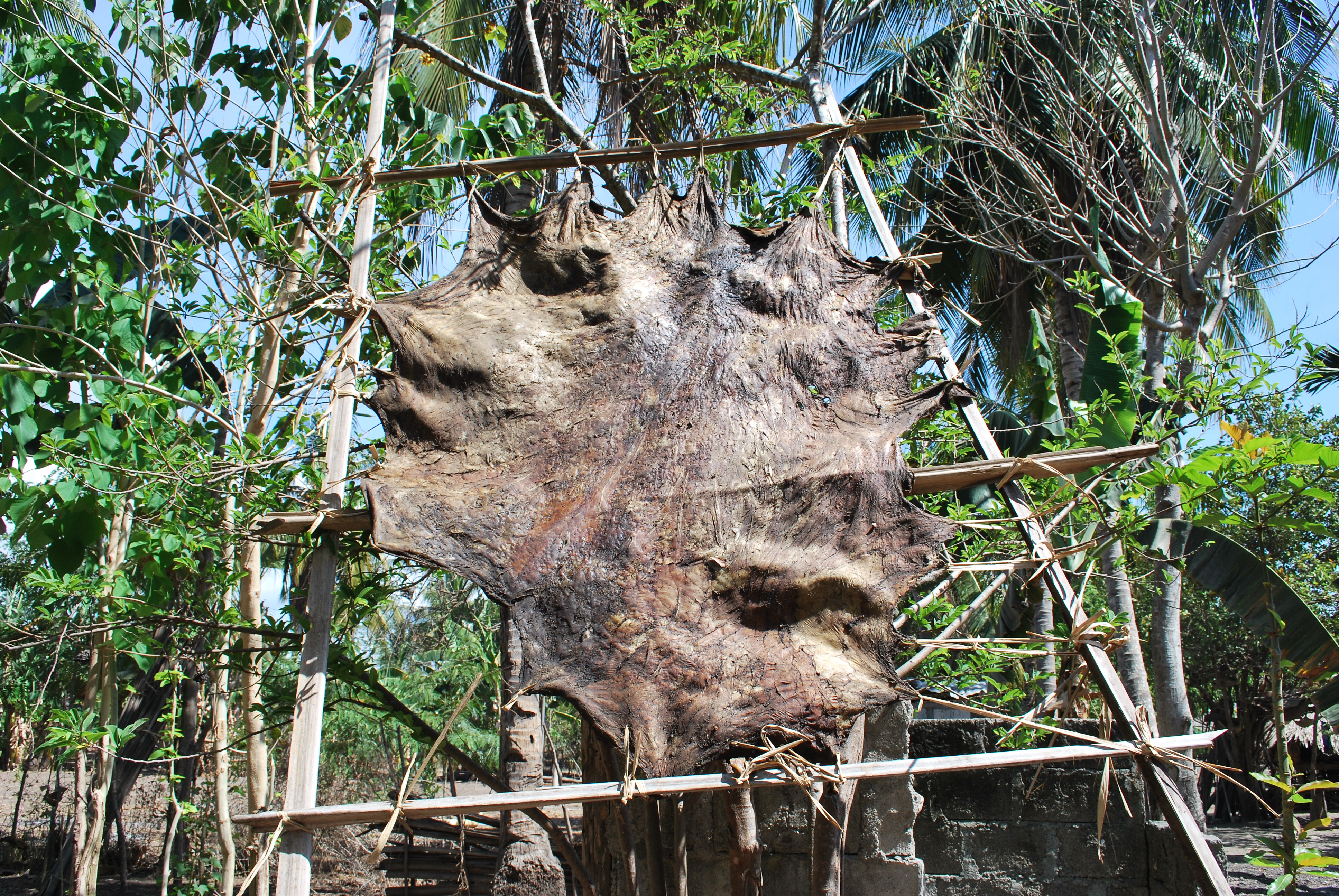|
Walsall Leather Museum
Walsall Leather Museum is located in Walsall, in the West Midlands in England, and was opened in 1988, in a Victorian factory building renovated by Walsall Council. It tells the story of the leather trade in Walsall, charting the town's rise from a small market town into an international saddle A saddle is a supportive structure for a rider of an animal, fastened to an animal's back by a girth. The most common type is equestrian. However, specialized saddles have been created for oxen, camels and other animals. It is not know ...-making centre. The Industry In 1900, at the peak of the industry, approximately 10,000 people were employed locally in preparing leather, and making saddles, horse bridles and related leather items. It is estimated that there are still at least 40 manufacturers of saddles and bridles in the town including a number of makers of bags and light leathergoods, including Royal Warrant holders. Exhibitions Exhibits in the museum include ... [...More Info...] [...Related Items...] OR: [Wikipedia] [Google] [Baidu] |
Walsall
Walsall (, or ; locally ) is a market town and administrative centre of the Metropolitan Borough of Walsall, in the West Midlands (county), West Midlands, England. Historic counties of England, Historically part of Staffordshire, it is located north-west of Birmingham, east of Wolverhampton and south-west of Lichfield. Walsall was transferred from Staffordshire to the newly created West Midlands county in 1974. At the United Kingdom 2011 census, 2011 census, the town's built-up area had a population of 67,594, with the wider borough having a List of English districts by population, population of 269,323. Neighbouring settlements in the borough include Darlaston, Brownhills, Pelsall, Willenhall, Bloxwich and Aldridge. History Early settlement The name ''Walsall'' is derived from "Walhaz, Walh halh", meaning "valley of the Welsh", referring to the Celtic Britons, British who first lived in the area. Later, it is believed that a manor was held here by William Fitz-Anscu ... [...More Info...] [...Related Items...] OR: [Wikipedia] [Google] [Baidu] |
West Midlands (county)
West Midlands is a Metropolitan county, metropolitan and Ceremonial counties of England, ceremonial county in the larger West Midlands (region), West Midlands region of England. A landlocked county, it is bordered by Staffordshire to the north and west, Worcestershire to the south, and is almost surrounded by Warwickshire to the east. The largest settlement is the city of Birmingham. The county is almost entirely urban, with an area of and a population of 2,953,816, making it the List of ceremonial counties of England, second most populous county in England after Greater London. After Birmingham (1,144,919) the largest settlements are the cities of Coventry (345,324) and Wolverhampton (263,700), Solihull (126,577), and Sutton Coldfield (109,899). Nearly all of the county's settlements belong to the West Midlands conurbation, West Midlands and Coventry and Bedworth urban area, Coventry built-up areas, though the 'Meriden Gap' between them is rural. For Local government in Engl ... [...More Info...] [...Related Items...] OR: [Wikipedia] [Google] [Baidu] |
England
England is a Countries of the United Kingdom, country that is part of the United Kingdom. It is located on the island of Great Britain, of which it covers about 62%, and List of islands of England, more than 100 smaller adjacent islands. It shares Anglo-Scottish border, a land border with Scotland to the north and England–Wales border, another land border with Wales to the west, and is otherwise surrounded by the North Sea to the east, the English Channel to the south, the Celtic Sea to the south-west, and the Irish Sea to the west. Continental Europe lies to the south-east, and Ireland to the west. At the 2021 United Kingdom census, 2021 census, the population was 56,490,048. London is both List of urban areas in the United Kingdom, the largest city and the Capital city, capital. The area now called England was first inhabited by modern humans during the Upper Paleolithic. It takes its name from the Angles (tribe), Angles, a Germanic peoples, Germanic tribe who settled du ... [...More Info...] [...Related Items...] OR: [Wikipedia] [Google] [Baidu] |
Victorian Architecture
Victorian architecture is a series of Revivalism (architecture), architectural revival styles in the mid-to-late 19th century. ''Victorian'' refers to the reign of Queen Victoria (1837–1901), called the Victorian era, during which period the styles known as Victorian were used in construction. However, many elements of what is typically termed "Victorian" architecture did not become popular until later in Victoria's reign, roughly from 1850 and later. The styles often included interpretations and Eclecticism in architecture, eclectic Revivalism (architecture), revivals of historic styles ''(see Historicism (art), historicism)''. The name represents the British and French custom of naming architectural styles for a reigning monarch. Within this naming and classification scheme, it followed Georgian architecture and later Regency architecture and was succeeded by Edwardian architecture. Although Victoria did not reign over the United States, the term is often used for American sty ... [...More Info...] [...Related Items...] OR: [Wikipedia] [Google] [Baidu] |
Saddle
A saddle is a supportive structure for a rider of an animal, fastened to an animal's back by a girth. The most common type is equestrian. However, specialized saddles have been created for oxen, camels and other animals. It is not known precisely when riders first began to use some sort of padding or protection, but a blanket attached by some form of surcingle or girth was probably the first "saddle", followed later by more elaborate padded designs. The solid saddle tree was a later invention, and though early stirrup designs predated the invention of the solid tree, the paired stirrup, which attached to the tree, was the last element of the saddle to reach the basic form that is still used today. Present-day saddles come in a wide variety of styles, each designed for a specific equestrianism discipline, and require careful fit to both the rider and the horse. Proper saddle care can extend the useful life of a saddle, often for decades. The saddle was a crucial step in ... [...More Info...] [...Related Items...] OR: [Wikipedia] [Google] [Baidu] |
Bridles
A bridle is a piece of equipment used to direct a horse. As defined in the ''Oxford English Dictionary'', the "bridle" includes both the that holds a bit that goes in the mouth of a horse, and the reins that are attached to the bit. It provides additional control and communication through rein pressure (Oxford English Dictionary, n.d., para. 1). Headgear without a bit that uses a noseband to control a horse is called a hackamore, or, in some areas, a bitless bridle. There are many different designs with many different name variations, but all use a noseband that is designed to exert pressure on sensitive areas of the animal's face to provide direction and control. The bridle was devised by Indo-European herders of the Pontic-Caspian steppes to control horses between 3000 BC and 2000 BC. Parts The bridle consists of the following elements: * Crownpiece: The crownpiece, headstall (US) or headpiece (UK) goes over the horse's head just behind the animal's ears, at the poll. I ... [...More Info...] [...Related Items...] OR: [Wikipedia] [Google] [Baidu] |
Gloves
A glove is a garment covering the hand, with separate sheaths or openings for each finger including the thumb. Gloves protect and comfort hands against cold or heat, damage by friction, abrasion or chemicals, and disease; or in turn to provide a guard for what a bare hand should not touch. Gloves are made of materials including cloth, knitted or felted wool, leather, rubber, latex, neoprene, silk, and (in mail) metal. Gloves of kevlar protect the wearer from cuts. Gloves and gauntlets are integral components of pressure suits and spacesuits. Latex, nitrile rubber or vinyl disposable gloves are often worn by health care professionals as hygiene and contamination protection measures. Police officers often wear them to work in crime scenes to prevent destroying evidence in the scene. Many criminals wear gloves to avoid leaving fingerprints, which makes the crime investigation more difficult. However, the gloves themselves can leave prints that are just as unique as human fingerpri ... [...More Info...] [...Related Items...] OR: [Wikipedia] [Google] [Baidu] |
Igualada Leather Museum
The Igualada Leather Museum (), located in Igualada, Catalonia, was created in 1954 and was the first leather museum in Spain, and the third one in Europe. The collections are displayed in two nearby buildings in Igualada: the "Cal Boyer" building, a former cotton textile factory from the late 19th century, and the "Cal Granotes" building, an 18th-century tannery. Leather Museum, at "Cal Boyer" The Leather Museum, at the "Cal Boyer" building, headquarter of the museum, constitutes the cornerstone of the museum approach. Due to its characteristics and structure it is a unique and pioneering museum, one of the top three in Europe of its kind. There are three exhibition areas: "leather in history", a "world of leather", and "industrialization". The first one, "leather in history", presents aspects of the production, use and cultural significance of leather in the Mediterranean civilization, from the distant past to recent times, including prehistory, the tanning of hides, leather ... [...More Info...] [...Related Items...] OR: [Wikipedia] [Google] [Baidu] |
German Leather Museum
The German Leather Museum (''Deutsches Ledermuseum''), located in Offenbach am Main Offenbach am Main () is a List of cities and towns in Germany, city in Hesse, Germany, on the left bank of the river Main (river), Main. It borders Frankfurt and is part of the Frankfurt urban area and the larger Frankfurt Rhein-Main Regional Aut ..., Hesse, Germany, is one of the largest leather museums in the world. It has a wide variety of leather items, including some exhibits, which are believed to be more than 3,000 years old. It was founded by Hugo Eberhardt in 1917. The museum has three wings, namely, the ''German Shoe Museum'', the ''Museum for Applied Art'' and the ''Ethnology Museum''. The museum has a number of leather items on display including shoes, saddles, bookcases, photo albums, leather furniture, and toys. Bibliothek * Publications * See also * Museumsufer References Sources * External links * * Museums in Offenbach am Main Decorative arts museum ... [...More Info...] [...Related Items...] OR: [Wikipedia] [Google] [Baidu] |
Buildings And Structures In Walsall
A building or edifice is an enclosed structure with a roof, walls and windows, usually standing permanently in one place, such as a house or factory. Buildings come in a variety of sizes, shapes, and functions, and have been adapted throughout history for numerous factors, from building materials available, to weather conditions, land prices, ground conditions, specific uses, prestige, and aesthetic reasons. To better understand the concept, see ''Nonbuilding structure'' for contrast. Buildings serve several societal needs – occupancy, primarily as shelter from weather, security, living space, privacy, to store belongings, and to comfortably live and work. A building as a shelter represents a physical separation of the human habitat (a place of comfort and safety) from the ''outside'' (a place that may be harsh and harmful at times). buildings have been objects or canvasses of much artistic expression. In recent years, interest in sustainable planning and building pract ... [...More Info...] [...Related Items...] OR: [Wikipedia] [Google] [Baidu] |
Leather Museums
Leather is a strong, flexible and durable material obtained from the tanning, or chemical treatment, of animal skins and hides to prevent decay. The most common leathers come from cattle, sheep, goats, equine animals, buffalo, pigs and hogs, ostriches, and aquatic animals such as seals and alligators. Leather can be used to make a variety of items, including clothing, footwear, handbags, furniture, tools and sports equipment, and lasts for decades. Leather making has been practiced for more than 7,000 years and the leading producers of leather today are China and India. Critics of tanneries claim that they engage in unsustainable practices that pose health hazards to the people and the environment near them. Production processes The leather manufacturing process is divided into three fundamental subprocesses: preparatory stages, tanning, and crusting. A further subprocess, finishing, can be added into the leather process sequence, but not all leathers receive finishing ... [...More Info...] [...Related Items...] OR: [Wikipedia] [Google] [Baidu] |







